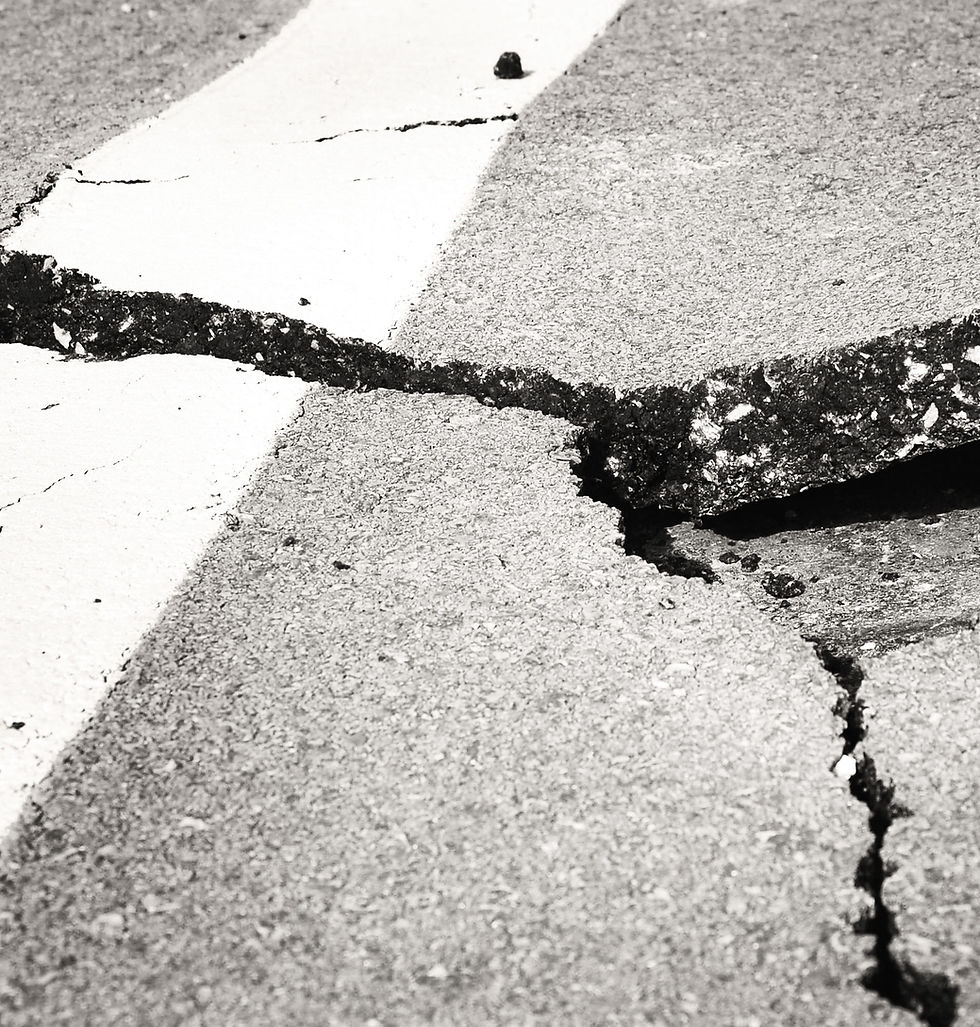How Are We Going to Fund Our Transportation Needs?
- ethronson7
- Jun 25, 2021
- 2 min read

At this spring's Joint meeting between the California Transportation Commission, Air Resources Board, and Department of Housing and Community Development, there was another robust discussion about not just why, but how, the state is pursuing and going to accomplish its zero-emission vehicle (ZEV) goals. In 2019, the Governor signed an Executive Order directing the state to aim for all in-state sales of new passenger cars and trucks to be zero-emission by 2035, and that 100 percent of medium- and heavy-duty vehicles in the state be zero-emission by 2045. Even without the state’s efforts, the auto industry seems set to transition to new, renewable fuel sources. As more electric vehicles come online and more Californians make the switch away from vehicles powered by internal combustion engines, it will become more affordable and realistic that we will reach the dream of eliminating our polluting vehicle fleet.
Today in California, roughly three-quarters of the state-level funding used to improve and maintain our state and local transportation infrastructure is derived from excise taxes on gasoline and diesel fuels. A recent report by the Mineta Transportation Institute found that achievement of two state goals (increased use of ZEVs and lowering per capita vehicle miles traveled) could reduce state transportation revenues by as much as $4 billion a year by 2040, with a cumulative reduction of $40 billion over the next twenty years. Without this revenue, our existing system will degrade, and we will increasingly be unable to accommodate new capacity.
While it is true that SB 1 (2017), the state's recent transportation funding package, included a new annual fee on ZEVs, the fee is not set high enough to cover the revenue lost by replacing a gas powered- engine with a ZEV. The Mineta Institute researchers included the ZEV fee in its calculations when they concluded that the state will suffer significant funding reductions with the achievement of its clean vehicle goals. If we determine that an annual fee for ZEVs is the solution we pursue to maintain appropriate transportation revenue levels, then we will need to set the fee appropriately.
A future driven by limited or no transportation fuel excise tax revenue will be one with limited funding for the proper operation and maintenance of the transportation system. We must immediately address how we will maintain our transportation system in a way that addresses our values, including addressing safety, implementing a structure that is equitable, and serving the economy. Any transition from the existing tax structure to something more sustainable will likely require time to incorporate and implement. We need to begin identifying the direction we want to go, and start the important work to implement this transition to avoid the inevitable funding shortage and keep our infrastructure safe and functional. The clock is ticking, and every day we delay this work the problem grows larger.





Comments